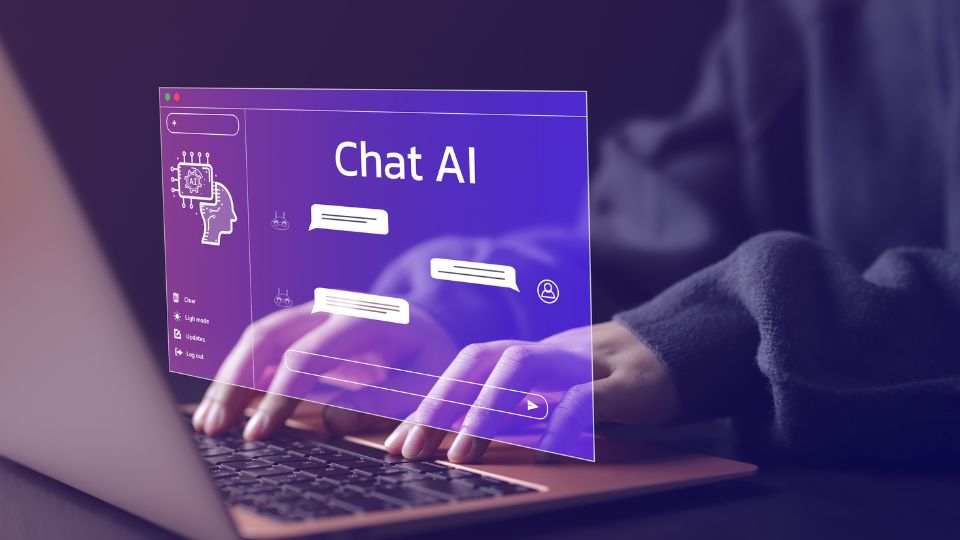In today’s dynamic business landscape, Human Resources (HR) has evolved beyond traditional administrative roles to become a key player in strategic decision-making.
This transformation is primarily driven by advanced analytics, which equips HR professionals with the ability to predict hiring needs, optimize performance metrics, and inform strategic decisions during pivotal business initiatives such as mergers and acquisitions (M&A).
Through advanced analytics, HR gains a powerful lens to foresee and effectively cater to organizational and workforce needs.
The Strategic Evolution of HR
Human Resources has shifted from a primary focus on personnel management to a strategic entity empowered by data-driven insights.
Adopting competency-based practices and the HR Business Partner (HRBP) model, which tightly aligns HR strategies with overarching business objectives, highlights this shift.
Advanced analytics plays a crucial role in this transformation by providing the necessary tools for informed decision-making that propels organizational success.
For example, through detailed analysis of employee data, HR can identify existing skill gaps, predict employee turnover, and customize recruitment strategies to meet future demands.
This proactive stance addresses immediate vacancies and strategically aligns workforce planning with long-term business goals. HR has transitioned from a reactive to a proactive function, anticipating needs and preparing strategically well in advance.
Core Components of HR Analytics
HR analytics progresses through four stages—descriptive, diagnostic, predictive, and prescriptive.
Each stage builds upon the last to transform raw data into actionable strategies, guiding HR professionals from insight to implementation.
Descriptive Analytics: This initial stage involves meticulously gathering and examining historical data. HR teams analyze past events to identify trends and patterns. For instance, they might track employee turnover over several years to pinpoint when employees are more likely to leave. This step is fundamental, providing a clear picture of what has happened in the organization and setting the stage for deeper analysis.
Diagnostic Analytics: HR analyzes the data at this stage to better understand why these trends occur. It’s about connecting dots between data points to uncover underlying causes—perhaps discovering why specific departments face higher turnover or what drives employee satisfaction up in others.
Predictive Analytics: With historical insights and understanding, this stage uses statistical models to forecast future scenarios. For example, it predicts which teams might see high turnover or which recruitment channels will yield the best candidates, allowing HR to take preventative measures.
Prescriptive Analytics: The final stage translates forecasts and insights into specific actions. If the predictive stage warns of possible skill shortages, prescriptive analytics will suggest initiating targeted training programs or adjusting hiring strategies to mitigate those risks.
Technological Empowerment in HR
Modern HR departments use advanced technologies to rapidly process large datasets, gaining real-time insights that guide strategic decisions.
These tools are essential in mergers and acquisitions, where they assess compatibility between companies in areas such as culture and pay structures, streamlining the decision-making process.
These technologies enhance performance tracking and engagement monitoring in daily operations by integrating data from diverse sources, such as social media and corporate databases. This integration helps HR stay updated on employee sentiment and organizational health efficiently.
Additionally, these platforms improve recruitment through market mapping, which analyzes broad market data to locate potential candidates and understand talent distribution. This strategic tool aligns recruitment efforts with the company’s long-term goals, optimizing the search for top talent.
Overcoming Challenges with Advanced Analytics
Despite its benefits, adopting advanced HR analytics has its challenges.
Ensuring data quality and consistency tops the list of challenges. Inaccurate data can mislead decision-making, leading to strategies that might do more harm than good. To combat this, organizations must develop robust data governance frameworks that standardize data collection and ensure accuracy and relevance.
Employee data privacy and security also demand rigorous attention as HR departments manage susceptible information. Robust security protocols and compliance with data protection laws are non-negotiable to protect confidentiality and maintain employee trust.
Additionally, the shift towards a data-driven culture in HR can meet with resistance. Changing the traditional ways can be challenging; however, organizations can smooth this transition by training staff, showcasing the direct benefits of HR analytics through pilot projects, and securing executive backing to champion a culture of data literacy and innovation within HR.
Conclusion
HR analytics has transformed from a supplementary tool into a core strategic HR management component. Organizations that embrace this approach stand to gain a competitive edge by making more informed decisions that enhance productivity and employee satisfaction.
As we look to the future, integrating AI and advanced predictive models promises even greater insights, enabling HR departments to anticipate changes and adapt strategies effectively.
By understanding and leveraging the power of HR analytics, organizations can solve existing problems, innovate, and thrive in an increasingly complex and variable business environment. In conclusion, integrating HR analytics into strategic decision-making is complex yet immensely rewarding, promising a new era of proactive, informed, and transformative HR.











